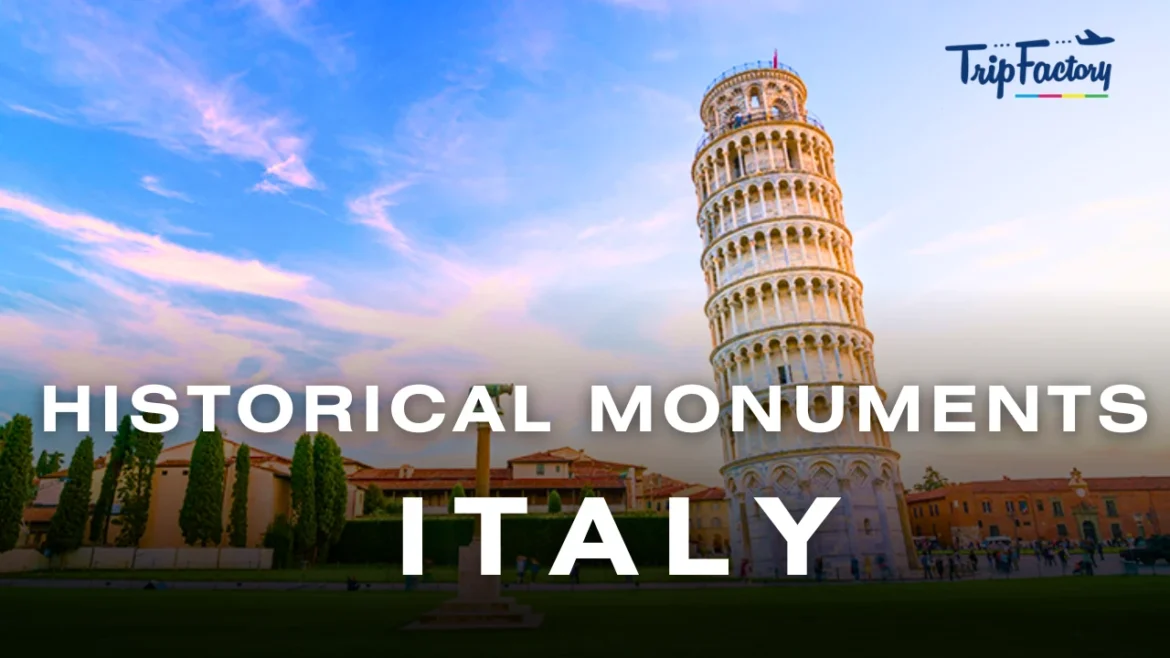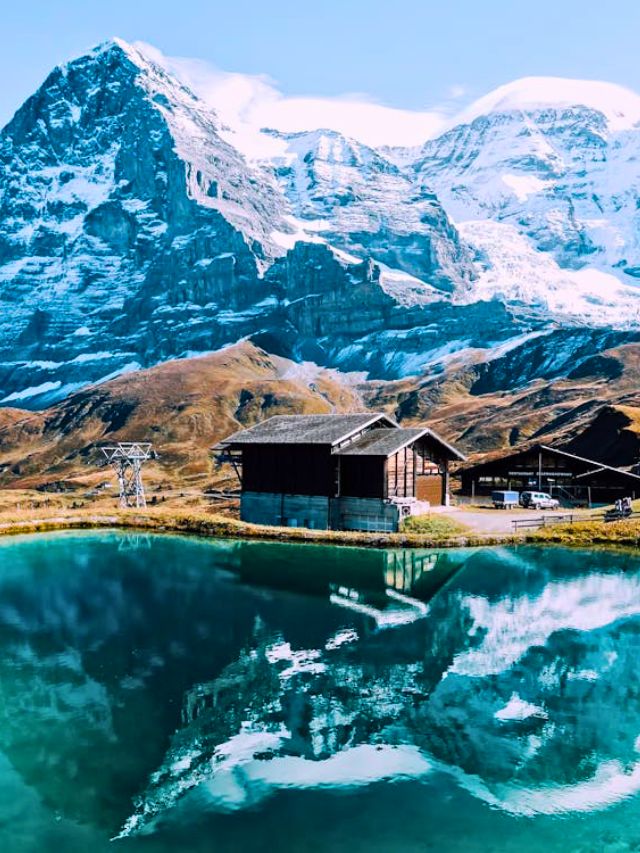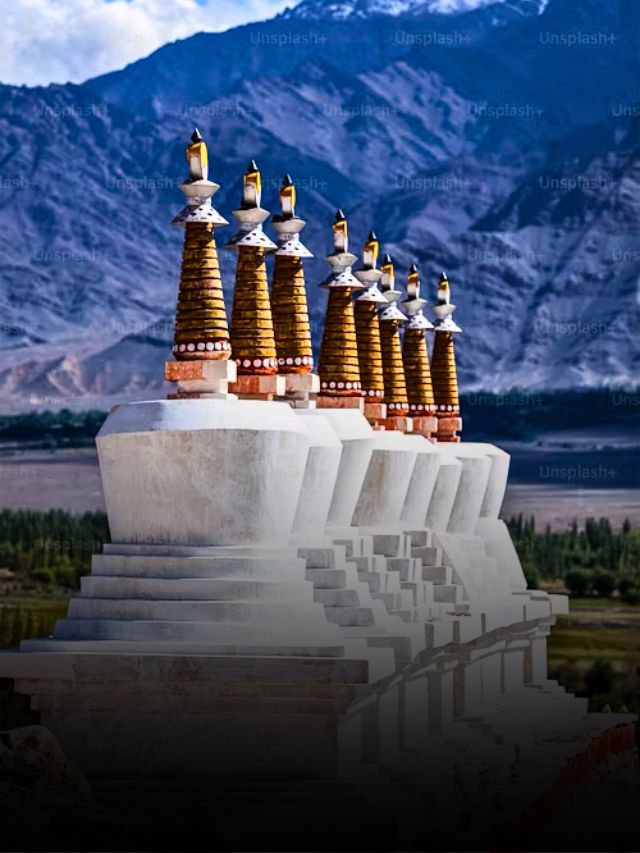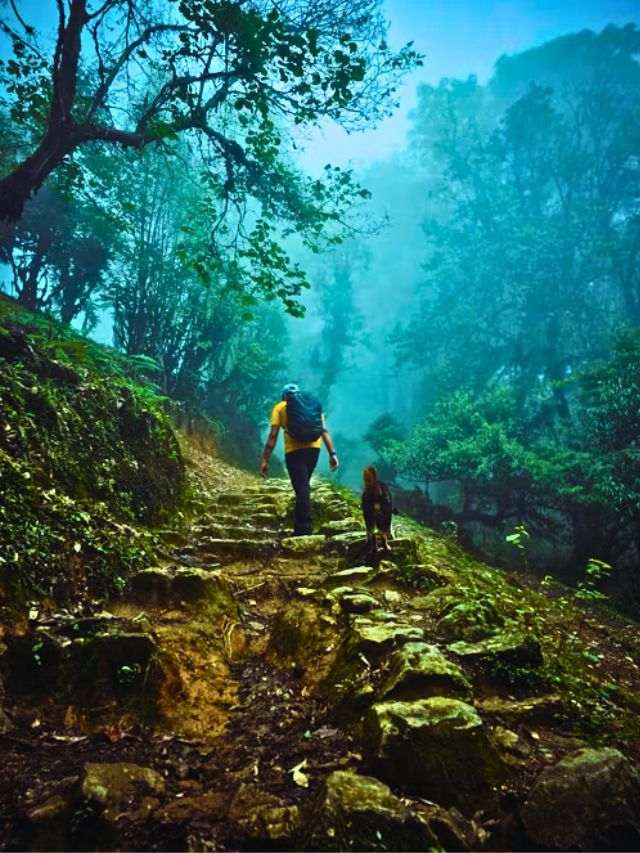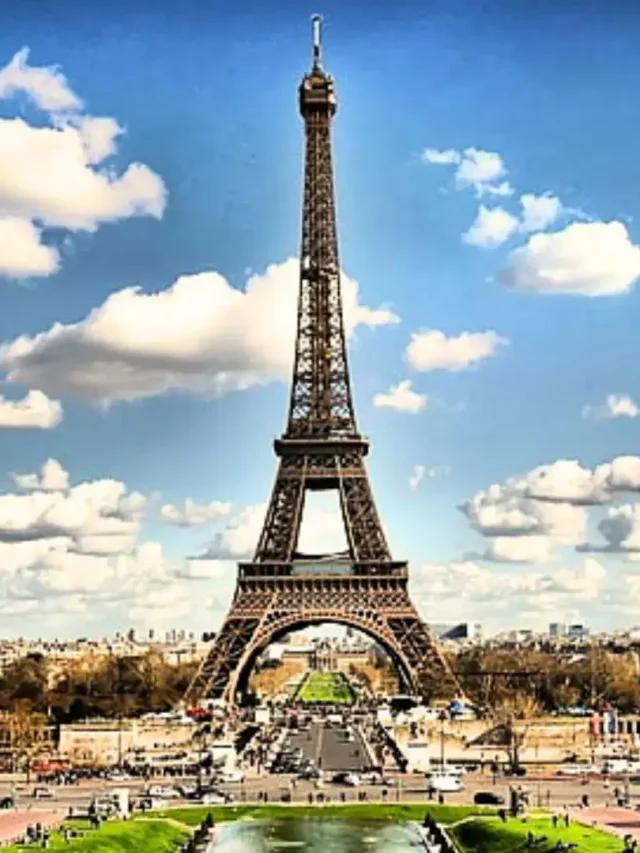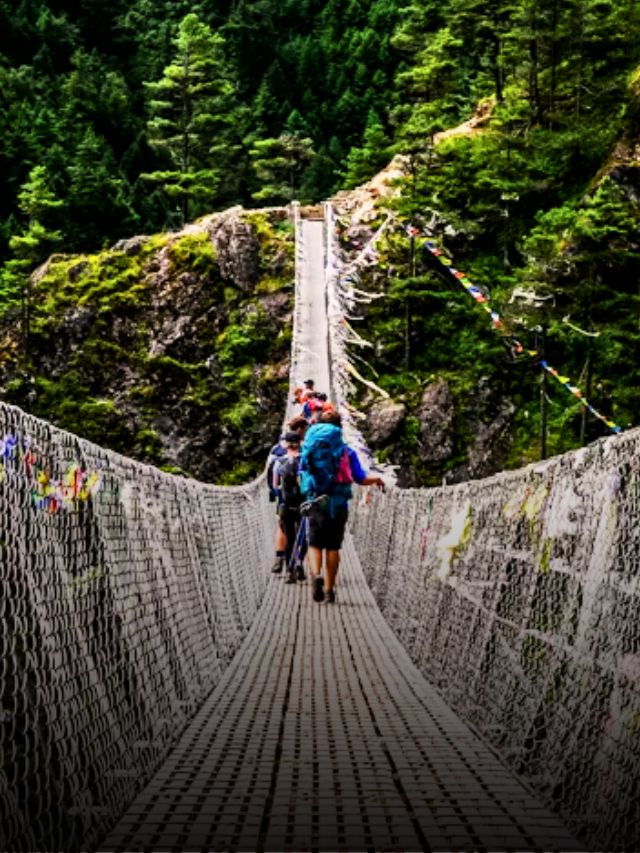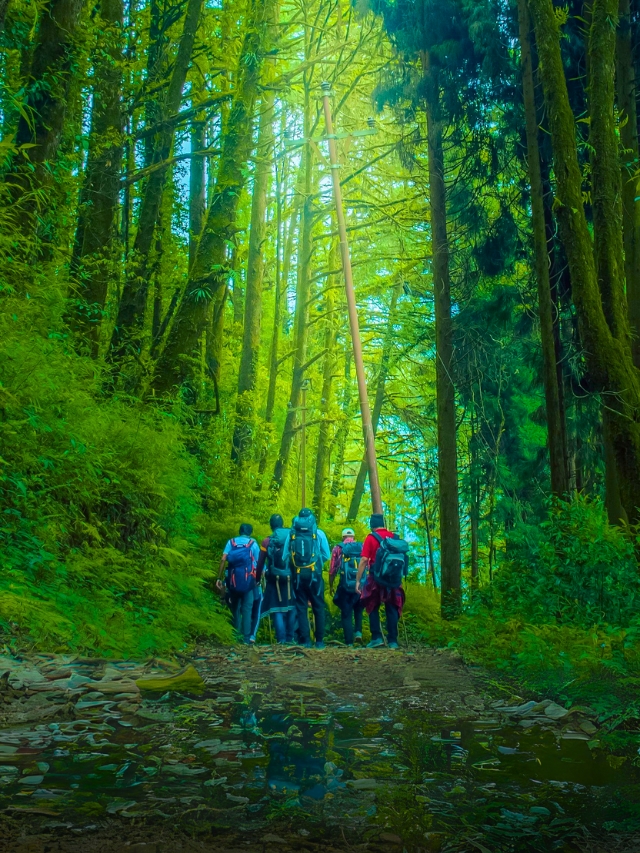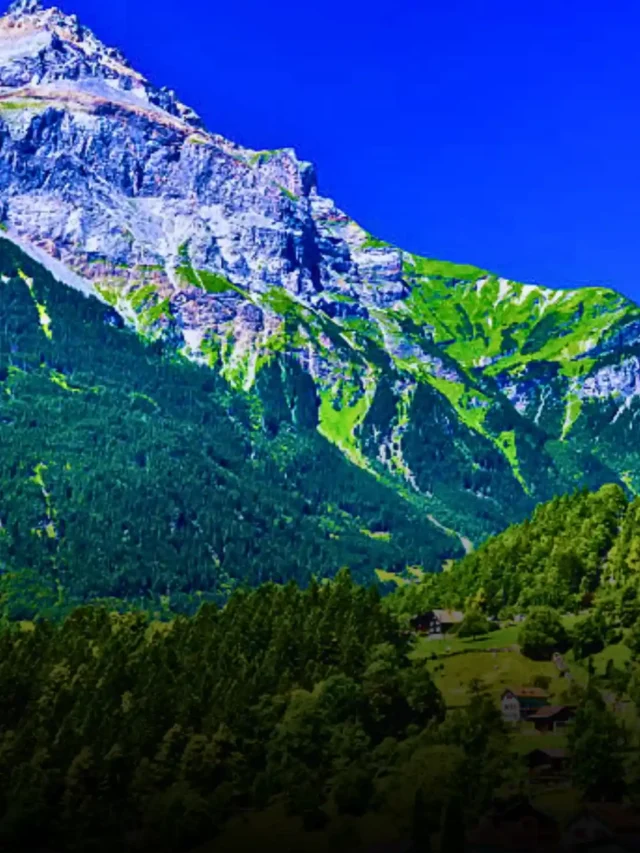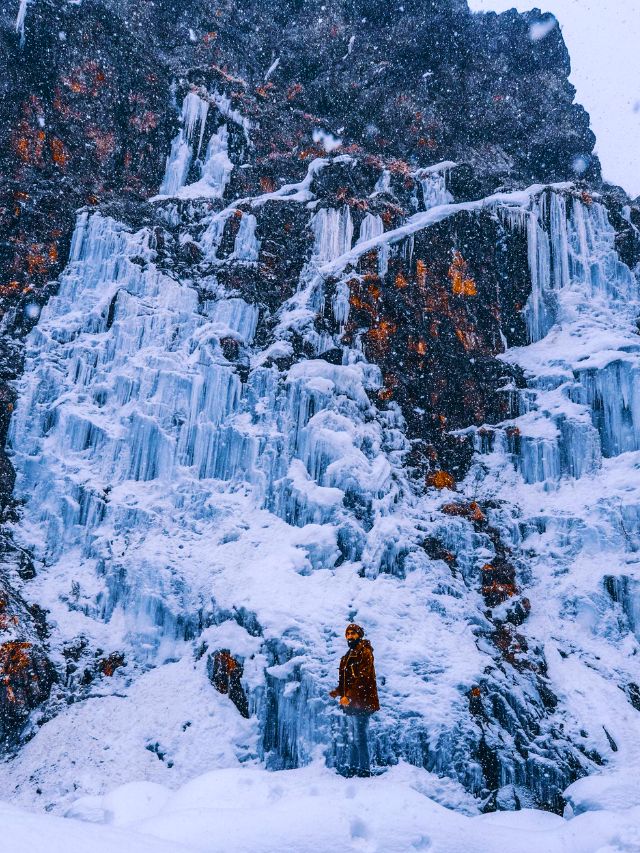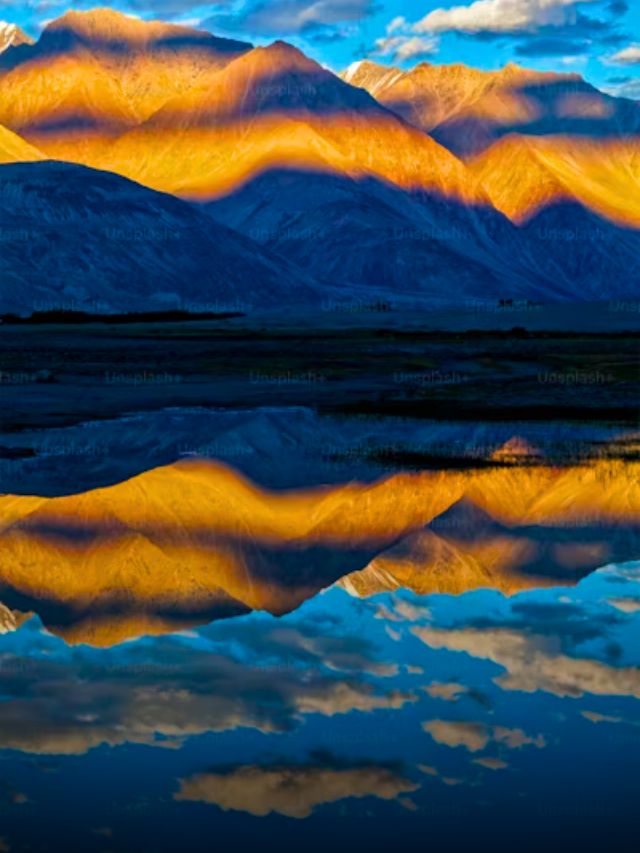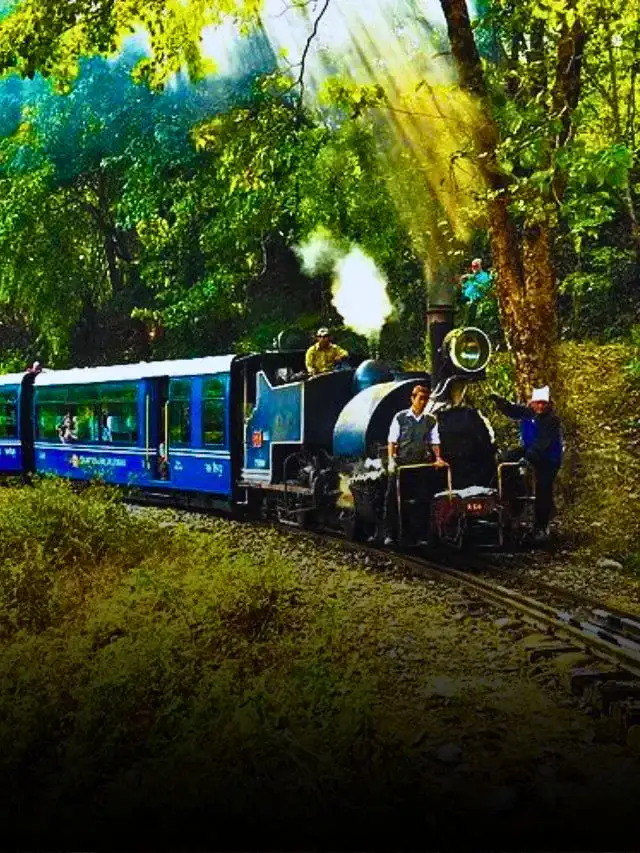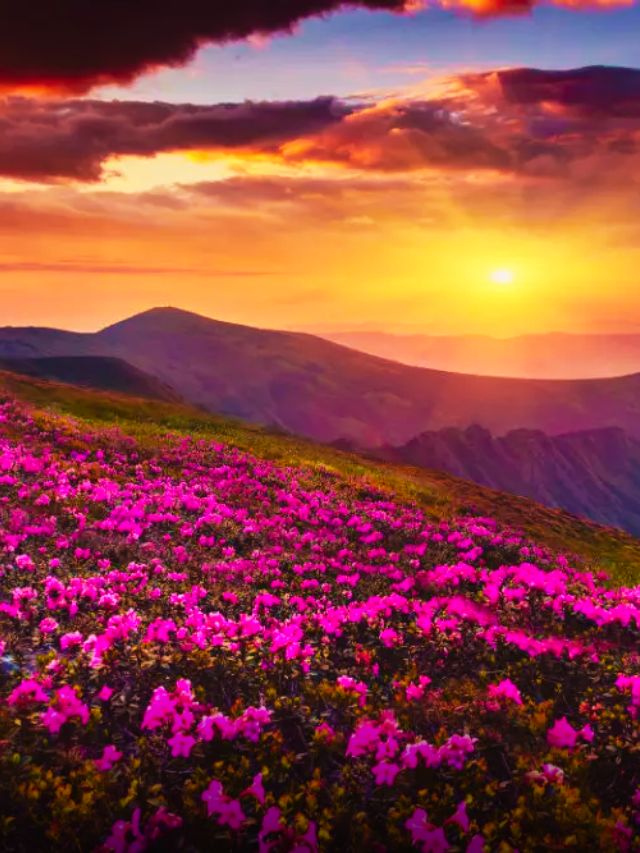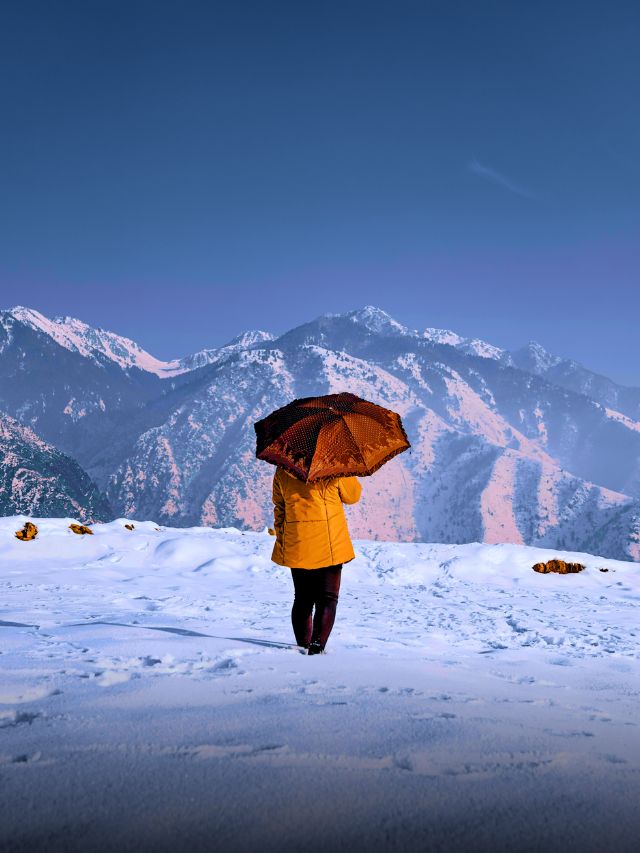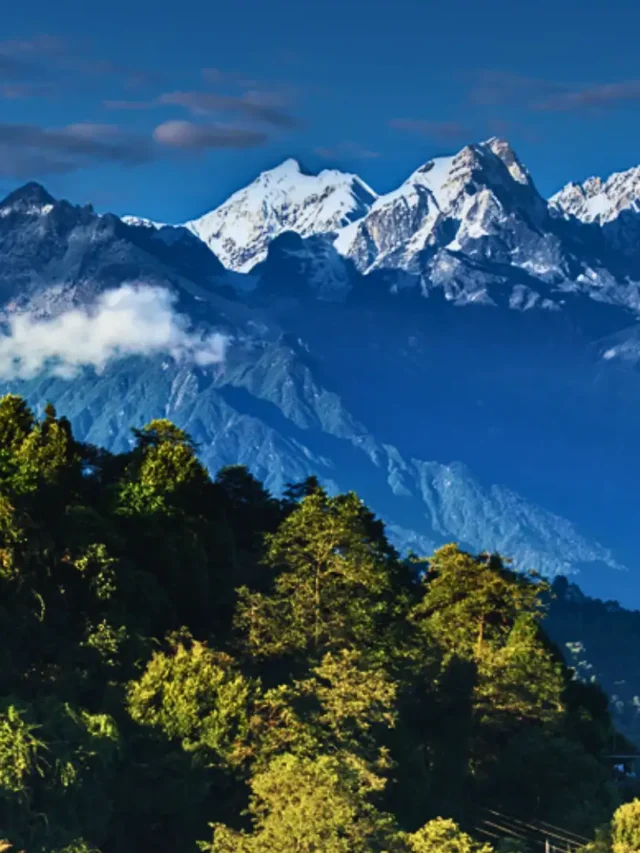Hey, are you here to know about some of the most amazing historical places in Italy ? You are at an ideal place. Stay over here and find out the top 25 most famous monuments in Italy. If you love to get to some of the most stunning architectural masterpieces in the world then you should certainly be over here to know about them in the most intricate manner.
It is often observed that tourists and visitors around the world do know about a specific destination but are not aware of the rich historical prominence that it displays in the form of the several significant structures prevailing over there.
There are several prominent historical places to visit in Italy. I am damn sure you will fall in love with the description of historically prominent monuments in Italy in this blog here. So let us begin right away.
Here is the list of Top 25 Historical Monuments to Visit in Italy:
- Colosseum
- Leaning Tower of Pisa
- Duomo di Milano
- Pantheon
- Pompeii
- Saint Mark’s Basilica
- Santa Maria del Fiore
- Trevi Fountain
- Roman Forum
- Ponte Vecchio
- Verona
- St. Peter’s Basilica
- Cinque Terre
- Galleria Vittorio Emanuele
- Rialto Bridge
- Vatican Museums
- Amalfi Coast
- Florence
- Lake Como
- Piazza del Campo
- Sassi di Matera
- Uffizi Gallery
- Basilica di Santa Maria Maggiore
- Grand Canal
- Herculaneum
Table of Contents
Historical Monuments to Visit in Italy
Colosseum
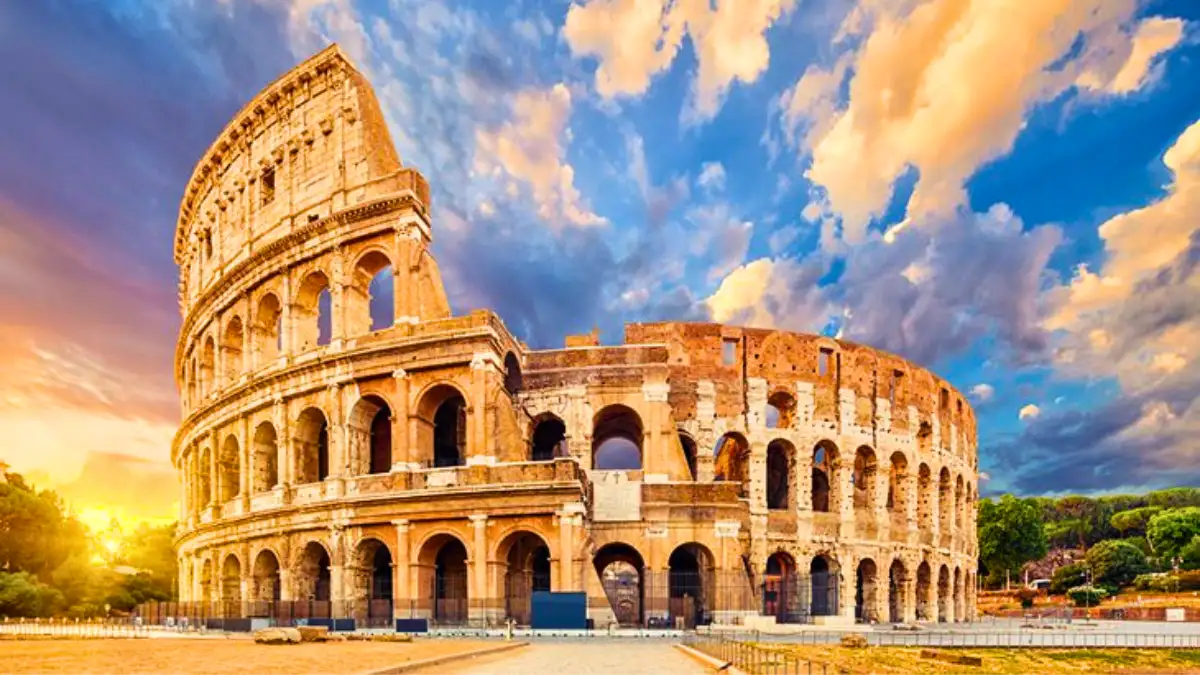
The list is literally very long. But the very first historical monument to visit in Italy is the popular Colosseum. If you want to get to one of the most amazing historical monuments in the world then this is one of the ideal choices. The Colosseum is one of the most significant historic sites in Italy.
You will certainly enjoy the royal wonders of this spectacular historical monument. This popular Colosseum, also called the Flavian Amphitheater, is a vast amphitheatre located in Rome. It was constructed during the rule of the Flavian rulers as a present to the Roman public. This is one of the most popular historical places in Italy, Rome.
The building of the Colosseum started anytime between C.E. 70 and 72 under the reign of emperor Vespasian. It started about a decade afterwards and was transformed numerous times.. The majestic building measured about 189 × 156 m or 620 × 513 ft , elevates four stories taller, and consisted of eighty entrance points to this amphitheatres from which two were for the participants of events, two only for the kings to use and seventy six are for the patrons here.
The large number of entrance points was basically essential : this Colosseum can hold more than fifty thousand spectators at its highest capacity.
As this Colosseum began first, the ruler Titus had a celebration with a hundred days of some of the gladiatorial sports. Emperors always attended sports and games. The emperor Commodus is said to have given the best performances in the arena on numerous occasions. In addition to the games, this popular Colosseum even hosted some reenactments, public executions and some dramas too.
Leaning Tower of Pisa
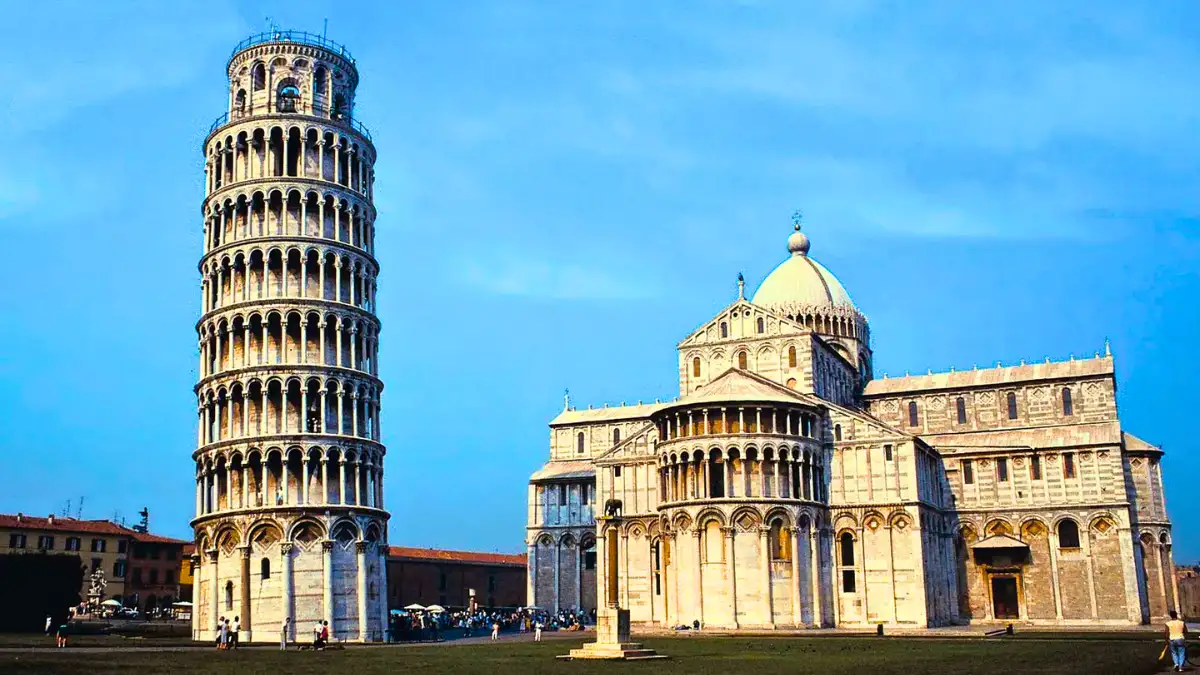
The popular Leaning Tower of Pisa is a well renowned freestanding bell tower in the popular city of Pisa in Italy. It is located at the rears of the Baptistery and Cathedral of Pisa and is one of the most popular buildings in the world. Constructed between 1173 and 1372, it rises high at a magnificent height of 55.86 m or 183.27 ft. The magnificent beauty of Italy is reflected in its rich architectural buildings.
The architectural marvel presented before the tourists and visitors of this place does not have any duplication. You will have a superb opportunity to get to one of the best designs in the world. Very few historically prominent monuments in the world are as beautiful as the popular Leaning Tower of Pisa. The inadequate base of this structure made this monument a superb hit in the world. This spectacular destination is visited by many tourists and visitors all around the planet.
This Leaning Tower of Pisa is one of the most iconic monuments from the Middle Ages and is an epitome of Romanesque architectural forms. The most amazing characteristic of the Leaning Tower of Pisa is the popular and awe-inspiring tilt it has. Due to the improper foundation, the tower is tilted at about 3.99 degrees southwest from the vertical part and this lean was earlier increasing by 1–2 mm annually. In Spite of this, this tower has been standing and is a great tourist destination in Italy.
The popular and stunning Leaning Tower of Pisa is 55.86 m or 183.27 ft tall on the side underneath and 56.67 m or 185.93 ft taller on the greater side. The eight-story tower consists of a foundation level and seven various tiers having a series of arches and columns organised near the perimeter in a Romanesque design. There are in all 207 columns at this structure. The very first storey has fifteen arches, the next six tiers have thirty arches and the last top bell chamber houses sixteen arches.
Read more: Amazing Places to Visit in United Kingdom
Duomo di Milano
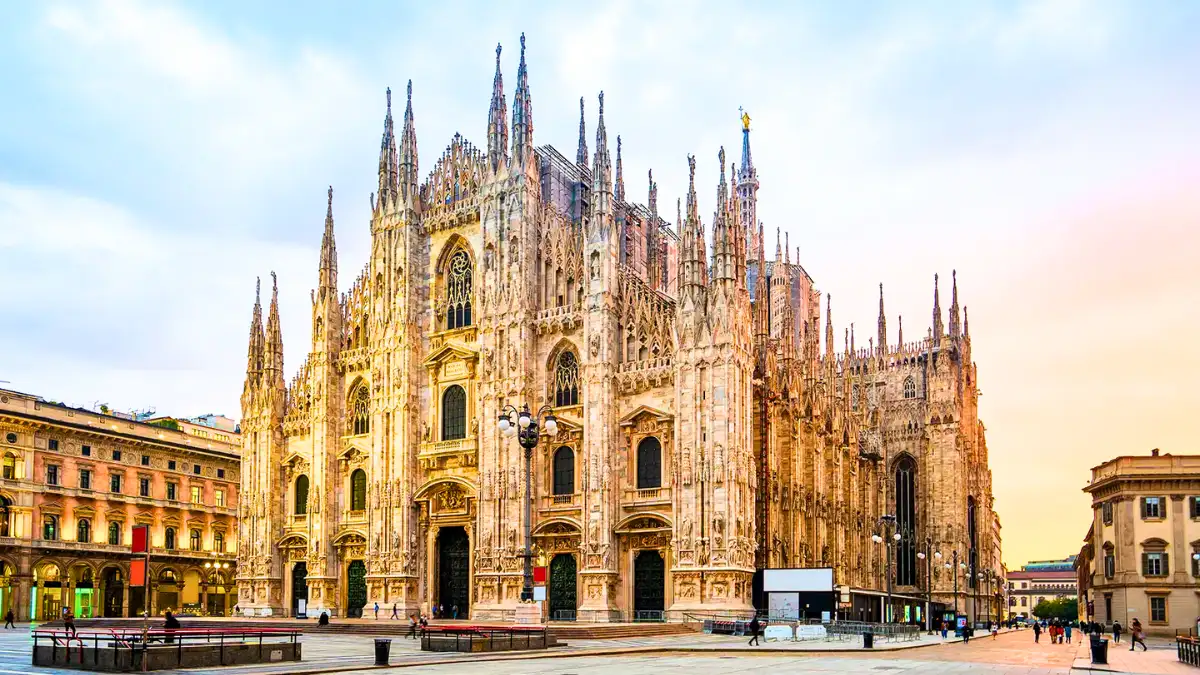
Now we have yet another spectacular historical monument in Italy, popularly called the Duomo di Milano. If you want to experience some of the best architectural marvels in the world this place should be in the list of itinerary to visit in Italy. I think you will not be able to resist the wish to get to this globally prominent destination. The significant Duomo of Milano, the Cathedral at the core of the city, is a superb architectural marvel that has been inscribed in the memory of all the guests and tourists who get to Milano.
The thousands of meticulously sculpted statues and spires, just similar to a marble forest, are an outstanding and unique view for those exiting the Metro or coming from Galleria Vittorio Emanuele. It is basically not amazing to know that its building that started in 1386 and continued for nearly half a millennium, was established by the popular Duke of Milan Gian Galeazzo Visconti as a representation of the grandeur and glory of this wonderful city.
Milano’s Duomo is the biggest and the most picturesque Gothic building located in Italy that is constructed of pink hued white marble from an attributed quarry and it is 157 m in length and 108.5 m in height at the highest part of the prominent spire. There you will find the mesmerising golden statue of the Madonnina,
which is an impressive symbol much liked both by all the local Milanese and even the visitors. It is not popularly learnt that you can find quite some copies of Milano’s Madonnina all around the planet, which includes one on Mount Everest.
The Duomo is even the biggest Gothic construction in the entire world whose rooftop you can basically stroll on. A superb visit up to the terraces is greatly advised to gaze at the stunning panorama of the magnificent city and the picturesque mountains at a distance. This is one of the most breathtaking views.
Pantheon
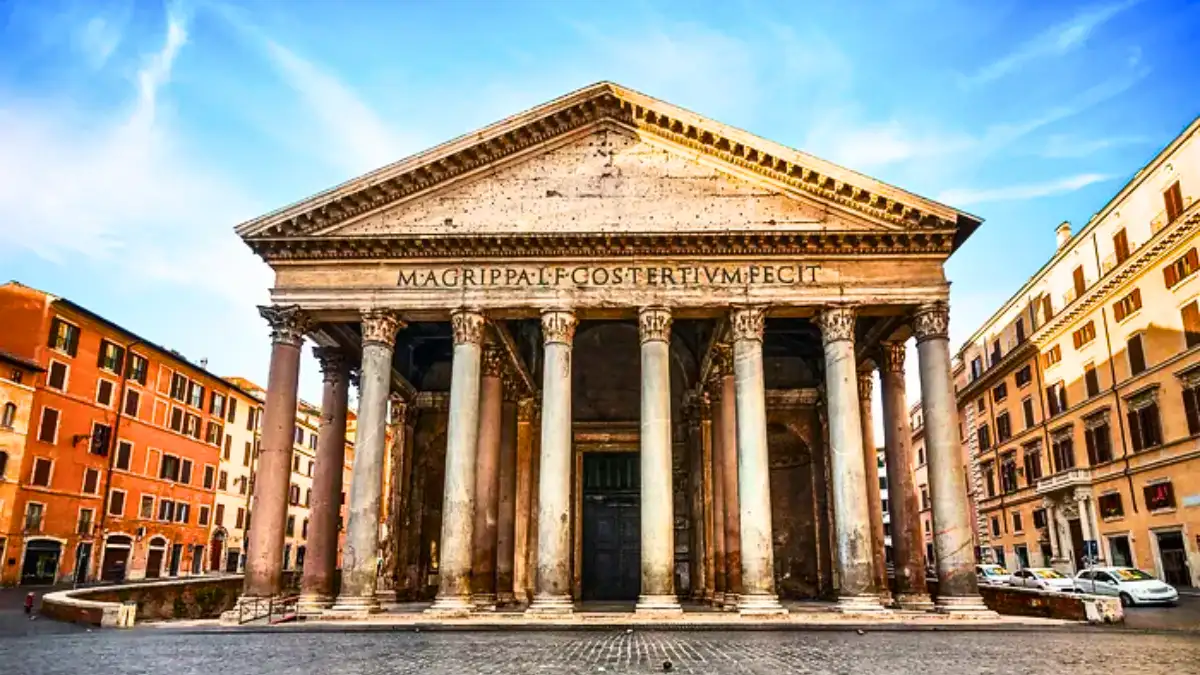
This Pantheon is an amazing Roman temple which was actually dedicated to all the so-called gods, as this construction’s Latin name Pantheum, hails from the ancient Greek Pantheion, meaning ‘the temple of all the gods’. However God the Creator of the heavens and the Earth doesn’t reside in any man made or handmade temple. Visitors from all over the planet visit Rome to gaze at its ideal state of conservation, its large masonry dome which is the largest ever constructed, its normal mathematical proportions and even to explore its miraculous and stunning history.
This unique engineering and architectural success of the age-old world motivated several later constructions and has inspired the full history of the stunning Western world architecture. This place is a spectacular epitome of some of the best instances of domes and other prominent architectural marvels. One thing is quite sure you just cannot miss this place when on a memorable trip to Italy.
As per the stories a temple was actually constructed here during the seventh century BC in the Campus Martius or the ‘Field of Mars’ that is a vast place of almost 2 sq.km where military musters and religious festivals were organised, situated to the north of the authentic site of Rome and its popular seven hills.
Pompeii
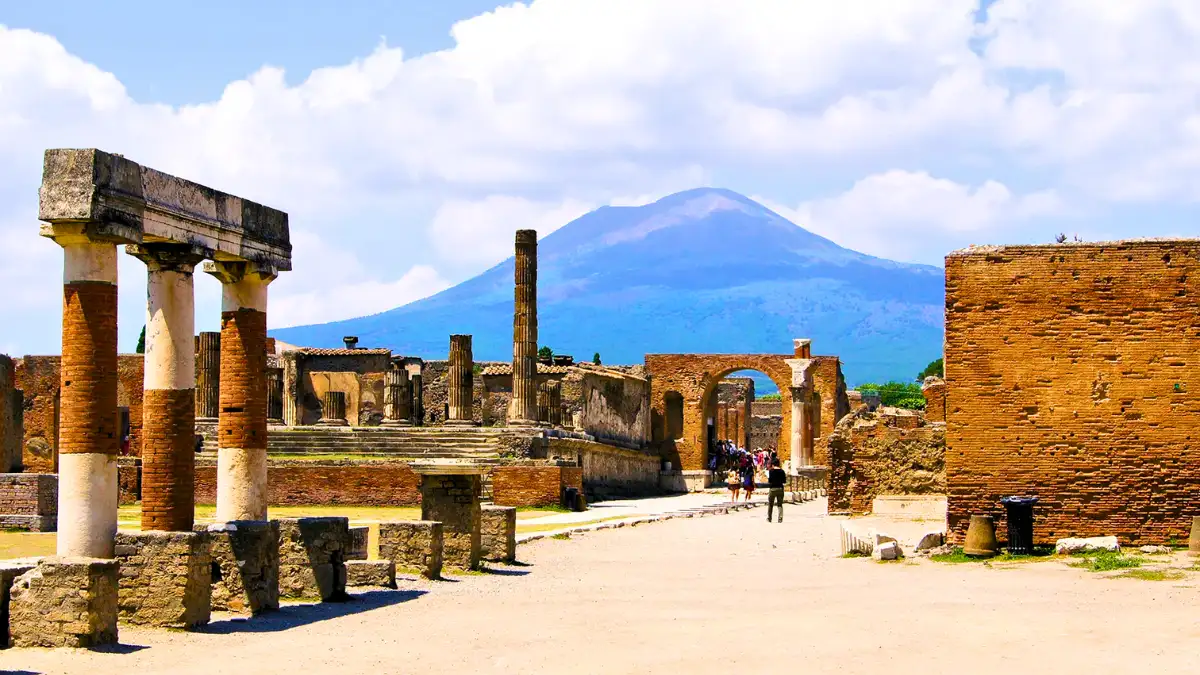
Pompeii is a popular resort city south of ancient Rome, stretched by the coast of Italy in the amazing backdrop of Mount Vesuvius which is an active volcano today. Its most popular eruption occurred in the year 79 A.D, when it brought the entire city of Pompeii below a thick carpet of ravaging volcanic ash. The dust was spread out like floods. Some records even tell there was total darkness in this region.
About a thousand people were killed and the city was closed for nearly several years. When a company rediscovered the place in 1748, they were awe-inspired to know that under a broad layer of debris and dust Pompeii was nearly as it existed. The artefacts, skeletons and buildings left behind in this city have shared with us a magnificent deal about daily life in the olden world.
Saint Mark’s Basilica

The well renowned St. Mark’s Basilica started as a daring heist in 828 when Venetian traders robbed the body of St. Mark from Alexandria, Egypt, which they intelligently hid beneath layers of pork.
Taking pride over 85,000 sq. ft of stunning mosaics, the basilica’s 13th-century artworks amazingly display the dangerous journey of the robbed relics by the sea.
With over 500 Byzantine columns, some that date back to the 6th century, this popular basilica exists as a testament to historical richness and grandeur.
Also read: Beaches to Visit in Greece
Santa Maria del Fiore
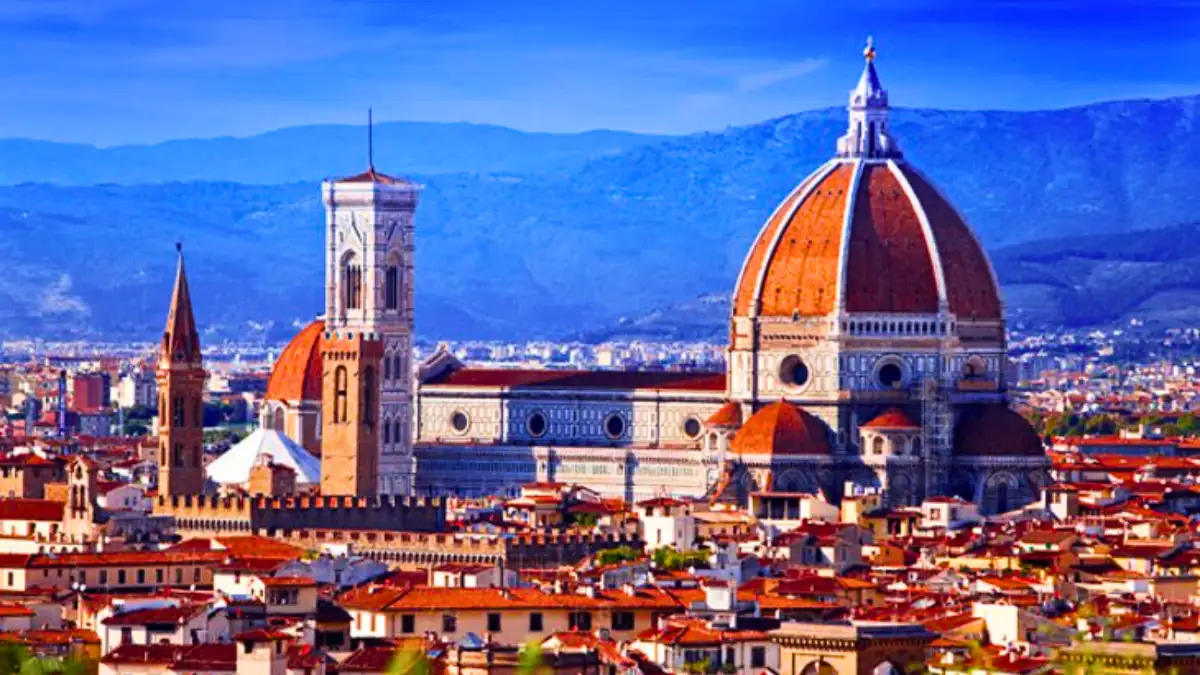
Santa Maria del Fiore is one of the most majestic churches anywhere on the planet. The church plan includes a triple-naved basilica with the presbytery zone erected within, imposed by the big octagon of the large dome, near which are three amazing radial apses or the tribunes each including of five chapels. This cathedral is 153 m in length, 90 m in width at the transept here and 90 m tall from base to the floor of the lantern here.
The walls in the exterior are filled in red, green and white marble stylised flowers and geometric figures. The corners are designed with eight circular windows, four monumental portals amazingly carved with sculptures and four vibrant mullioned windows.
Trevi Fountain

Known to be one of the most popular fountains in the world, this Trevi Fountain in Rome is a sight which you should not miss when you are getting to the romantic city. Located between numerous tiny streets in the core of Rome, the Baroque designed fountain represents Oceanus,
God of water located between the statues of Salubrity, Abundance, hippocampus and tritons. Constructed using local Travertine rock in 1762, Trevi Fountain is 49 feet wide and 26 feet long, so has actually needed some repairing along the years, as recent as 2015. In the later period of the Fendi-sponsored renovation 3 years ago, this is the best time to get to the Trevi Fountain in Italy to gaze at this picturesque masterpiece in all its wonder.
Roman Forum
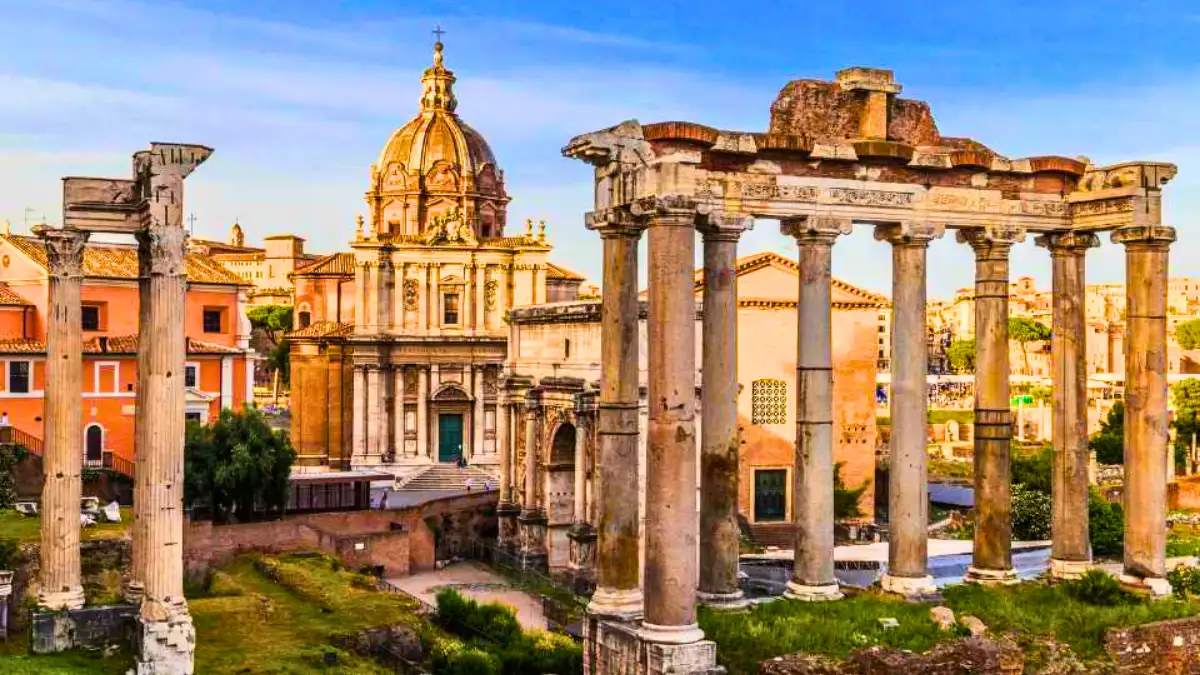
The glorious history of the Great Roman Forum goes as far behind as the history of Rome too. The zone where the Forum is situated today had a marshy valley located amidst the Capitoline and Palatine where tribes lived on the neighboring hills would arrive to gather water and to get their cattle to graze in the 9th century BC. Archaeological proofs display that the region near the corners of the Forum zone was implemented as burial grounds about 700 BCE and remains of around a dozen huts have been searched from about 670 BCE as per the modern dating methods.
As per the older Roman myth, the Forum was the place where Rome’s ancient brothers Remus and Romulus would have come together amidst their dual powers on the Capitoline and Palatine hills when Rome was established in the 753 BCE. This is even the site where the popular peace agreement between Tatius and Romulua was done, that legally made the Sabine public a part of Rome.
Ponte Vecchio
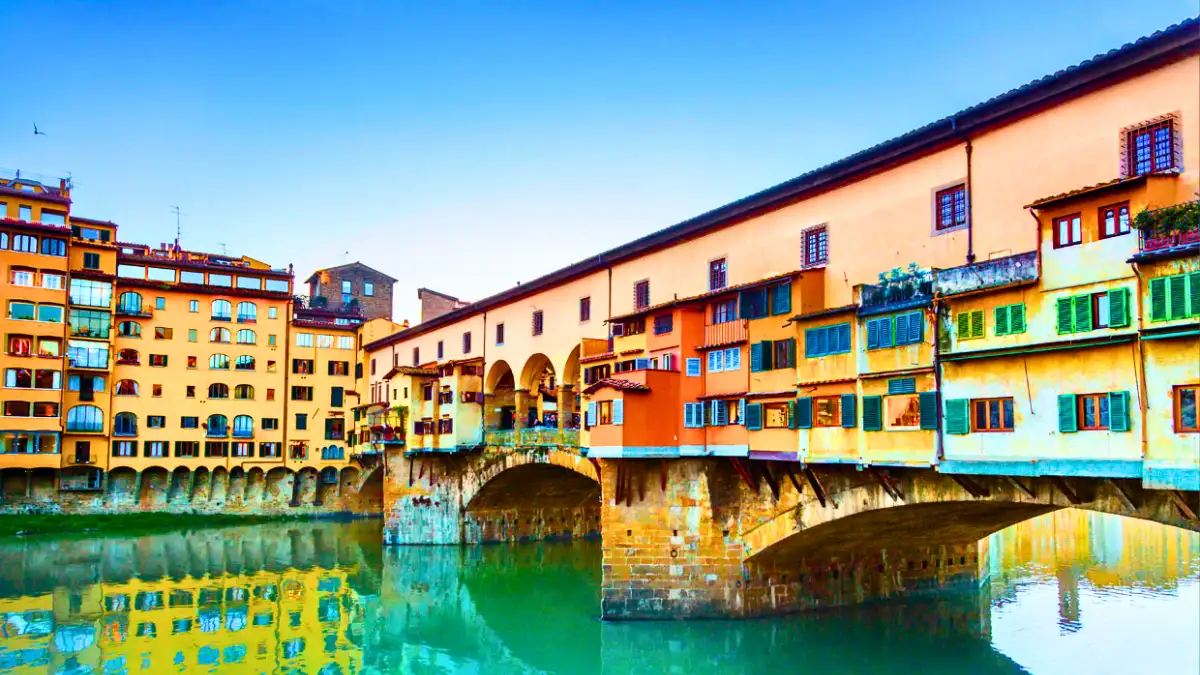
It is viable to record the very first bridge right from 966 and also its repairing in the period after flood during 1345 but the current construction is a little bit of a mystery. Though Giorgio Vasari who was a chromatist and artist from the 1500s, dedicated this stunning bridge to Taddeo Gaddi, the amazing structure seems to display more towards the inclusion of the Dominican friars with their stunning idea of harmony, proportion and the use of numerical basis.
We even know that this bridge was constructed as a method of defense. The artistic elements and windows that we can gaze in awe now are done when the shops were given at a price to the traders.
As the Medici relocated from Palazzo Vecchio to the popular Palazzo Patti, they resolved they would need a linking route from the Uffizi to the Palazzo Patti on the other end of the Arno that could allow them to get themselves aloof from the people they reigned over.
Also read: Adventure Parks to visit in France
Verona
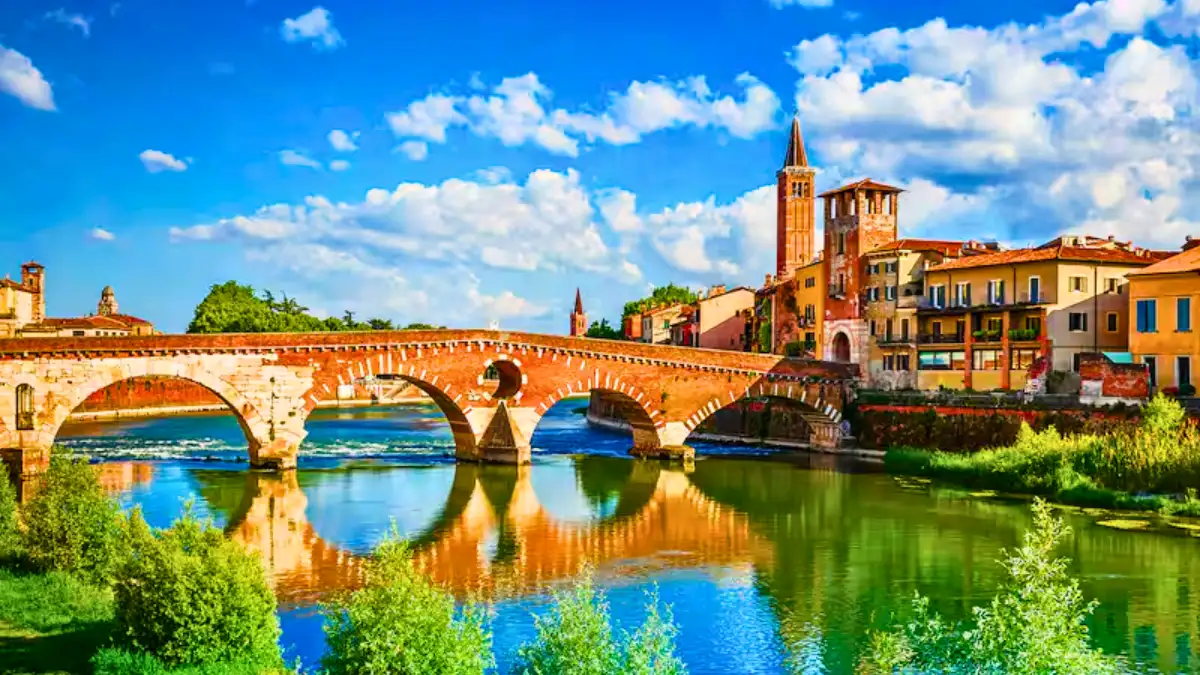
This stunning city is located in the northern side of Italy at the picturesque base of the Lessini Mountains on the River Adige. This city dates from the prehistoric period as a tiny structured zone that progressed during the 4th and 3rd century BC. It developed to be a Roman municipium during the 1st century BC. Later it came up quickly in significance. In the 5th century, Verona was filled by the popular Ostrogoth Theodoric I. After that by the Lombards and during 774 AD by the famous Charlemagne.
During the early 12th century, it was a free group. It largely developed under the reign of the Scaliger family and specifically under Cangrande I, later surrendered to Venice in 1405. Right from 1797 this city came up as a section of the Austrian Kingdom and amalgamated with the empire of Italy in 1866.
The heart of the city includes the Roman town standing in the loop of the popular river including one of the most valuable collections of Roman remnants in the northern part of Italy. Existing remains of this age consist of the surviving parts of the Porta Leoni, Porta Borsari, city gate, the Arco dei Gavi, the Roman theatre, the Amphitheatre Arena and the Ponte Pietra.
St. Peter’s Basilica

The amazing greater archbasilica of St. Peter’s in the Vatican is the representation of the Roman Catholic church on the planet and is the biggest of all the four papal basilicas located in Rome. Situated in the tiny papal region of the Vatican in St. Peter’s Square, it is the highest seat of the prominent norms of Catholic worship around the world.
This stunning historical landmark is now a popular UNESCO World Heritage Site and this is even one of the most frequented tourist landmarks in Rome, not only for pilgrimage reasons but also because of the artistic and architectural magnificence of the monument.
Basically heading to St. Peter’s Basilica offers you an opportunity to observe and admire the refined interiors of the church, the unique façade designed by Carlo Maderno, the 11 stunning chapels housing works like Michelangelo’s Pietà, Bernini’s canopy and the forty six altars. You can even pay a visit to the tomb of San Pietro and access the dome designed by Michelangelo. Here you can enjoy some of the most incredible sights of Rome.
Cinque Terre
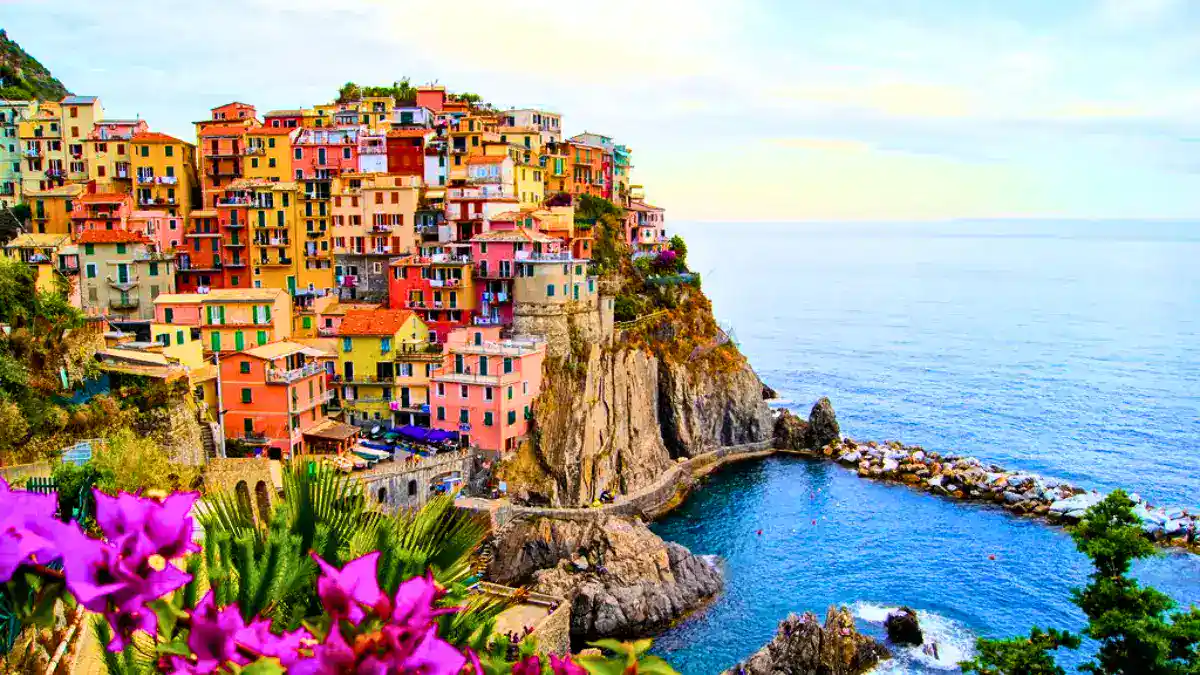
Cinque Terre, the popular 5 towns, is basically a stretch of 5 ancient fishing countryside nestled higher on the Italian Riviera at the south of Genoa in the northwestern part of Italy. The small countryside was only connected by some mule tracks and could be reached only by water or rail.
The most convenient way to discover the five villages is to get along this iconic beachline. You may even board the train or the ferry boat from one hamlet to the other.
Monterosso is the biggest of the Cinque Terre villages. At this place you will seek a vast stretch of beach promenade with gelato stores, restaurants and cafes.
The town has numerous beaches both public and private ones. If you are a beach lover then this is a must visit. Monterosso is the only flat village providing a broad range of amazing Airbnbs and hotels around the beach.
Vernazza is one of the most famous of the 5 villages. The small harbour here is neighbored by some colourful and picturesque Ligurian houses and the amazing piazza is dotted with great hotels and restaurants.
You can even find a few tiny hotels and some truly romantic guest houses and Airbnbs at the heart of this village with breathtaking sights above the prominent square and the beautiful harbour.
Also read: Cuisines you must try when visiting Europe
Galleria Vittorio Emanuele
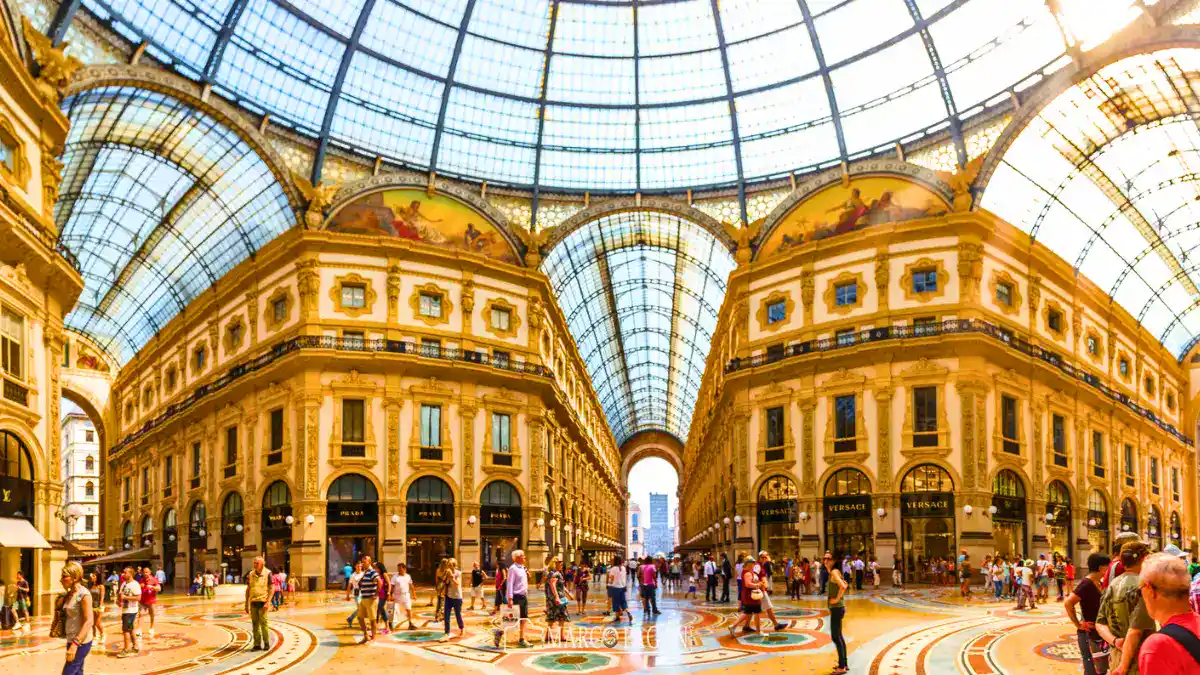
Galleria Vittorio Emanuele II is Italy’s most ancient active shopping mall and even one of Milan’s most iconic places. It displays a four-storey dual arcade and can conveniently be located in the heart of the city. Situated only some steps away from Milan’s popular Duomo, it is nestled between Piazza della Scala and Piazza del Duomo. It presents an extraordinary octagonal shape, supported with wrought iron arcades, domed glass ceiling and vaulted glass.
The stunning mosaic floor tile decoration symbolises various cities of Italy: the wolf represents Rome, the bull symbolises Torino, flag represents Milan itself and the lily indicates Florence. Another prominent fun fact is that the signs in every segment of the floor present the several capitals of the Italian kingdom.
The Galleria Vittorio Emanuele II was constructed during 1865 and 1877 by the expert and professional architect, Giuseppe Mengoni. It was designed as a section of an urban undertaking with the goal of developing Milan after the freedom of this city in 1859. This was named after Victor Emmanuel II, who was the very first king of the Italian kingdom. Galleria Vittorio Emanuele II was the beginning point of the advanced shopping mall period.
Rialto Bridge
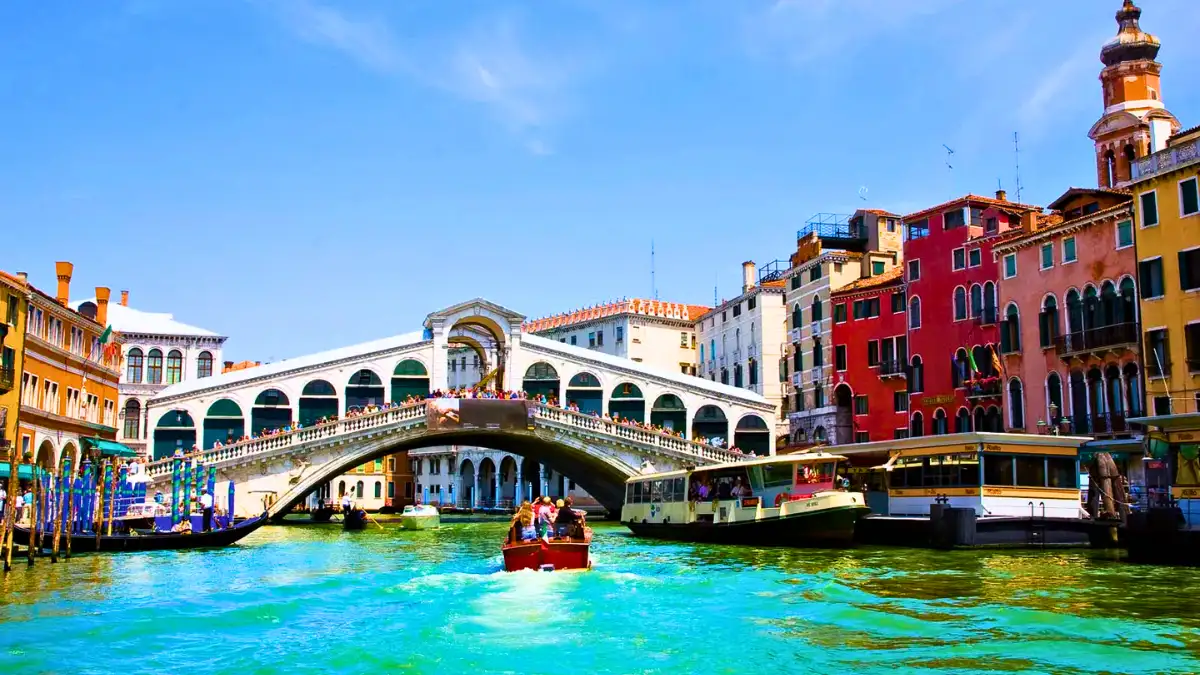
The Rialto Bridge is said to be the oldest of the 4 bridges which cross the Grand Canal of Venice. It is even the most popular one in Venice due to its special design and peculiar history. For several years, this bridge was the most significant commercial center located in Venice. The current Ponte di Rialto was constructed in rocks between 1588 and 1591 by Antonio da Ponte to replace a wooden overpass that had collapsed twice and had been burnt in a part way back during 1310.
The stunning design of the rock bridge is the same as its predecessors with dually inclined ramps which are linked by an arch in the Centre. You can pay a visit to this popular Rialto Bridge anytime of the year. We also advise crossing the bridge at various times of the day to catch a glimpse of the Grand Canal in all its grandeur and like the rest of the visitors on this bridge, you should try to capture a pic of the incredible Venice situated underneath.
If you cross over the bridge from Piazza San Marco you will get an opportunity to get across the Rialto Market, which is a colourful market filled with delighted looking vegetables and fruit. It even has a famous fish market. If you get to Venice during summer you will certainly be tempted by some delicious trays of fresh fruit on sale in some nice stands of the market.
Vatican Museums
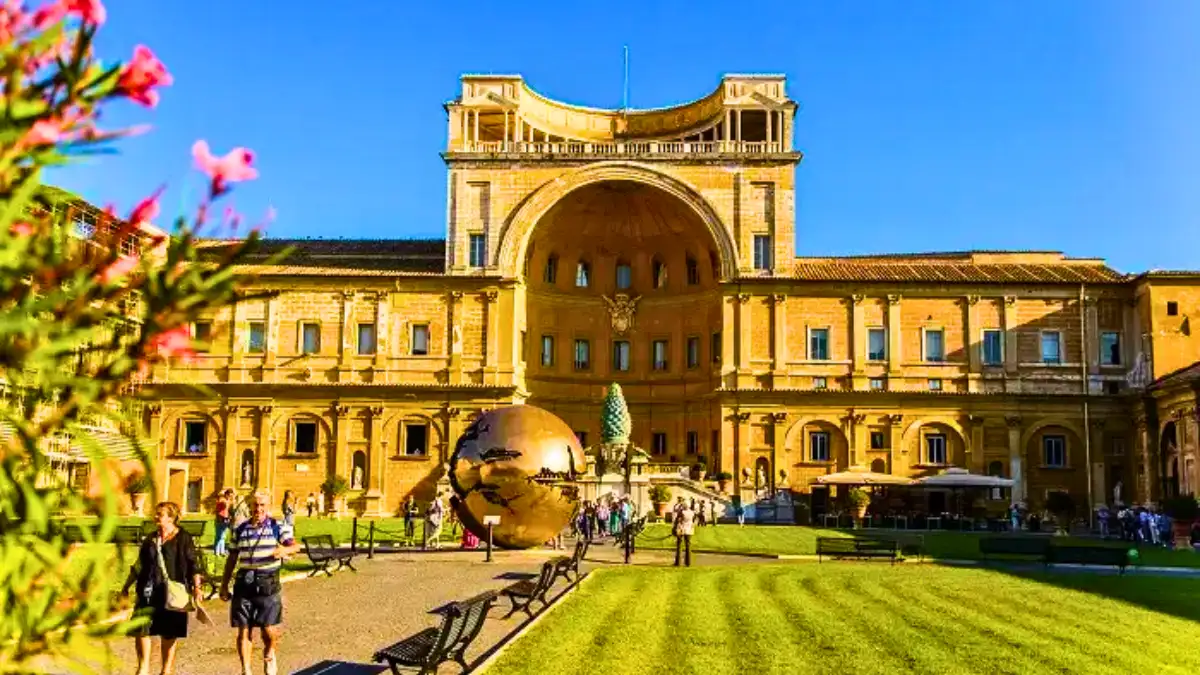
The popular Vatican Museums, situated in the Vatican City State, have been added to the list of the most significant museums on the planet and heading to them display a necessary step for tourists visiting Rome. In the interiors of the Vatican Museums one can now see the collections which the popes have collected by time.
Additionally the vast masterpieces of all ages have turned to be the valuable witness of a time. The popular Vatican Museums not only house some amazing ethnology and archaeology formed by the different Pontiffs or artistic collections but they even characterize few of the most extraordinary and artistically and historically prominent spots of the Apostolic Palaces.
During February 2000 the popular monumental entrance area was inaugurated in the northern section of the stunning Vatican walls that is truly near the older entrance created by Giuseppe Momo during 1932.
Amalfi Coast
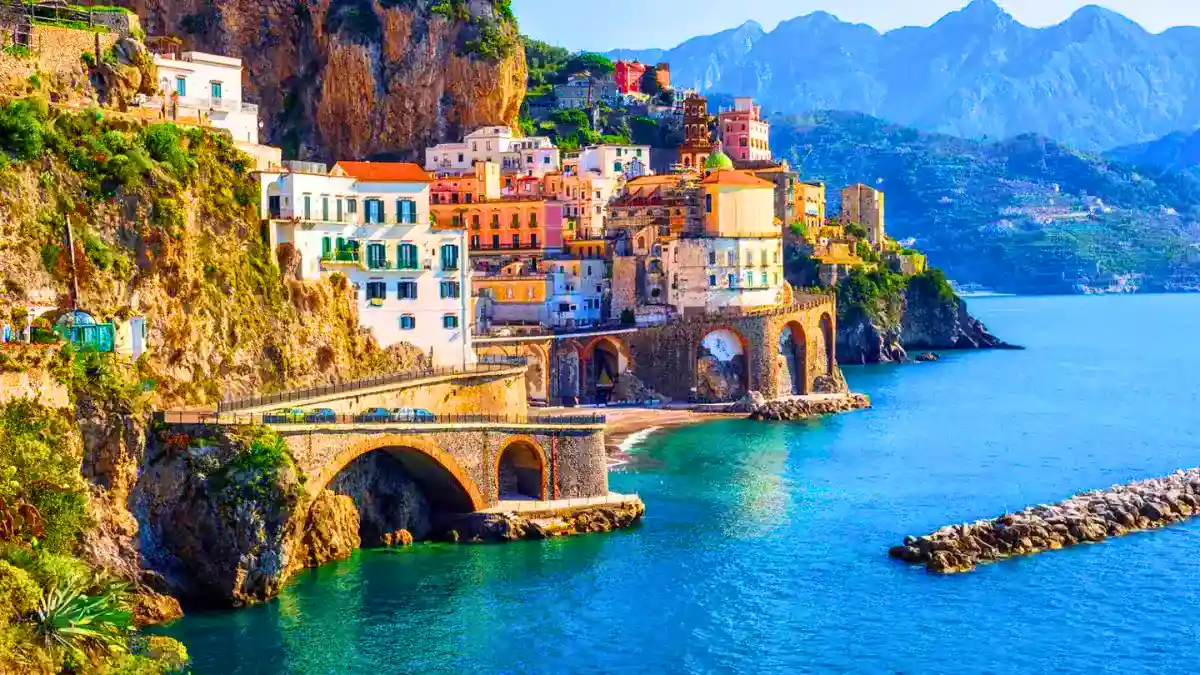
Italy’s Amalfi Coast largely takes pride in a stunning Mediterranean terrain that is a superb mix of both cultural and natural wonders. The spectacular landscape has some of the best coastline topography dispersed with some stunning terraced pastures, vineyards, orchards, mostly with some of the top views of the magnificent waters underneath.
Abundant resources, kind weather and natural wonder have lured tourists to this amazing coast for many ages, and you can find traces of the Arab-Sicilians, Romans, Greeks, Saracens, Normans, and many others at this destination. The Amalfi inhabitants often stretch along cliffs, their high ends amalgamating into the rock to create a breathtaking charm of their own to the superb natural wonder of the coast. The towns like Ravello and Amalfi house several instances of architectural and artistic magnificence as this zone of the Sorrento Peninsula has always impressed artists of all sorts.
Also read: Attractions in Europe
Florence
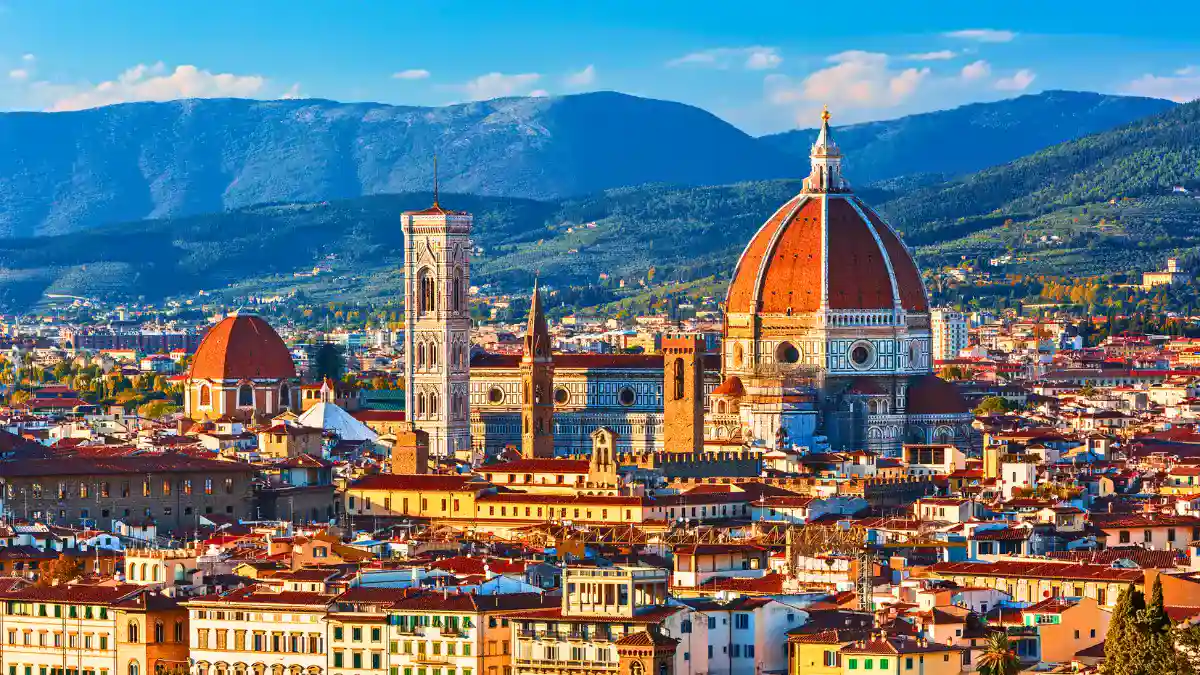
Situated in the core section of Italy, Florence is the capital of Tuscany area, it has about 380,000 people and around 1 million in the metropolitan region for 102 kilometers. The Arno River flows through the city and a range of overpass links its two banks comprising the popular Ponte Vecchio. The nearby hills, a unique Tuscan terrain, render a harmonious background, increasing its worth.
Florence is a city highly valuable in traditional heritage, its stunning historic center was called a Unesco Site during 1982 and it is popular all around the planet as a popular destination for tourists. This is an extraordinary urban and social triumph which consists of the largest density in the world of churches, museums, artworks and buildings.
Florence is a significant part of the Renaissance. This is not only a place having a unique past, but is even a paradigm for modern renewal, for a pioneering and flourishing city, basing itself on values that are important to tackle the modern day challenges. This is one of the most amazing cities in the entire European region.
Lake Como
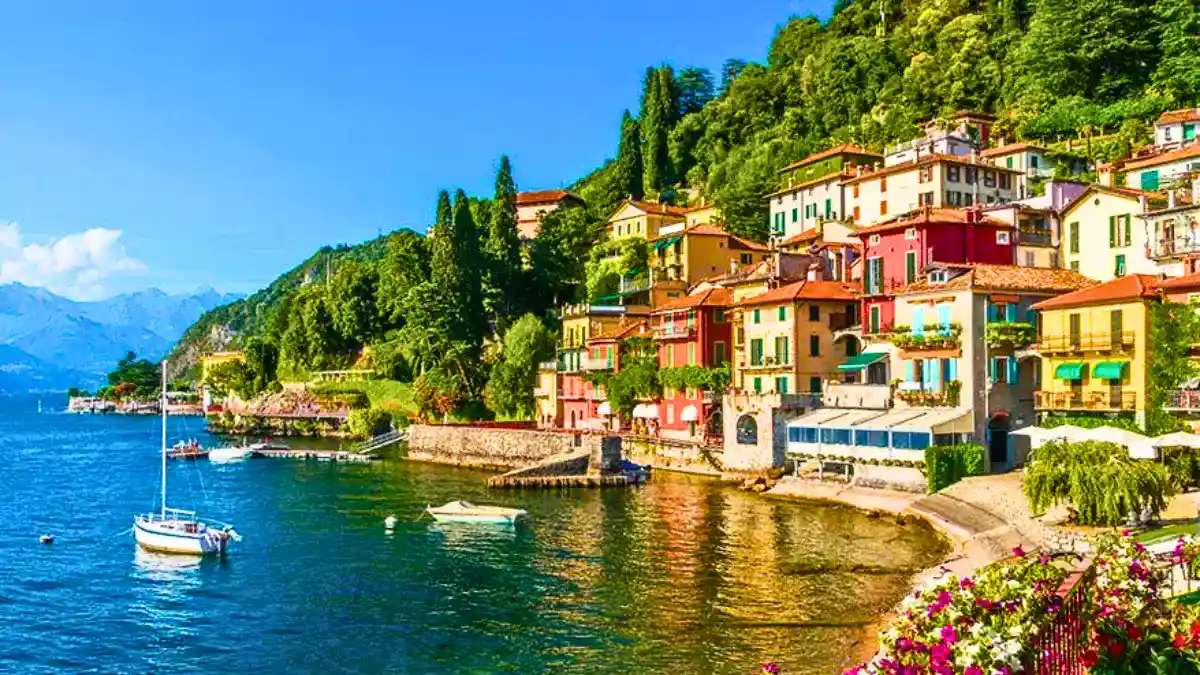
Lake Como, with its entire surface region of 146 sq.km, is the third biggest lake in Italy after Lakes Maggiore and Garda. The lake has originated from a glacier and it gets to a magnificent depth of 410 m or about 1,345 ft that makes it the deepest lake located in Europe.
Lake Como has a shape just like an upside down Y and hence has 3 varied branches, to the south east there lies Lecco branch, to the north lies the Colico branch, and to the south west lies the most popular branch, that is of Como. Lake Como is proud of its lengthiest perimeter of all the lochs due to this unique inverted Y shape that is entirely of 171 km.
This lake is neighbored by mountains with the tallest peak being Mt.Legnone or approx. 8,600 ft tall dominating the town of Colico at the northern end of the lake. The most prominent river is the Adda, being even the only outlet of this lake. This terminates the lake at Lecco, at the last end of the south eastern branch of this lake, getting into the tinier lakes of Olginate and Garlate before flowing south of Milan to amalgamate with the River Po.
Piazza del Campo
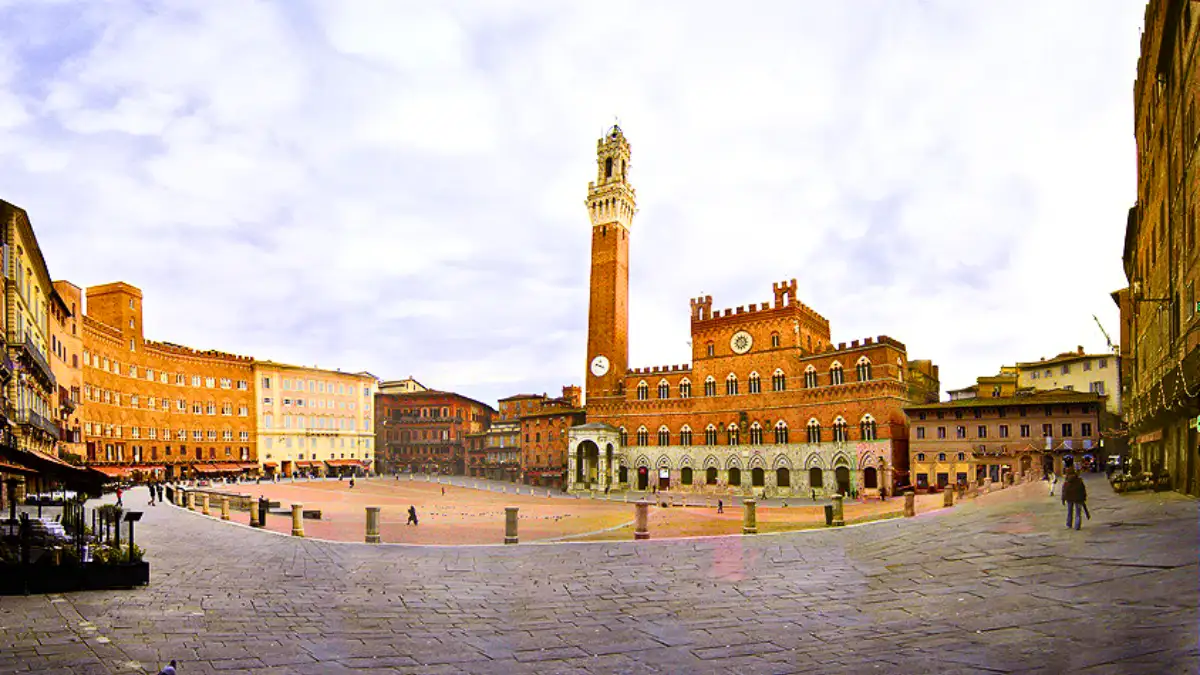
This is the core of the city of Siena, the masterpiece of the historic area regarded as a UNESCO World Heritage Site, and one of the most wonderful places on the planet. Piazza del Campo is designed like a shell segmented into nine parts in memory of the 9 Lords ruling the city at the final part of the 13th century, and is amazing in its vibrance and extraordinary form.
Named after the past it was a green place housing the market, Piazza del Campo in the modern era is the city’s living area and the open to sky arena where the popular Palio is operated twice annually. Yearly on July 2 and August 16, the square carved in pietra serena is packed with a significant layer of land, including a blend of sand and other stuff where the horses of the contrade enter a competition in a swift race.
Sassi di Matera
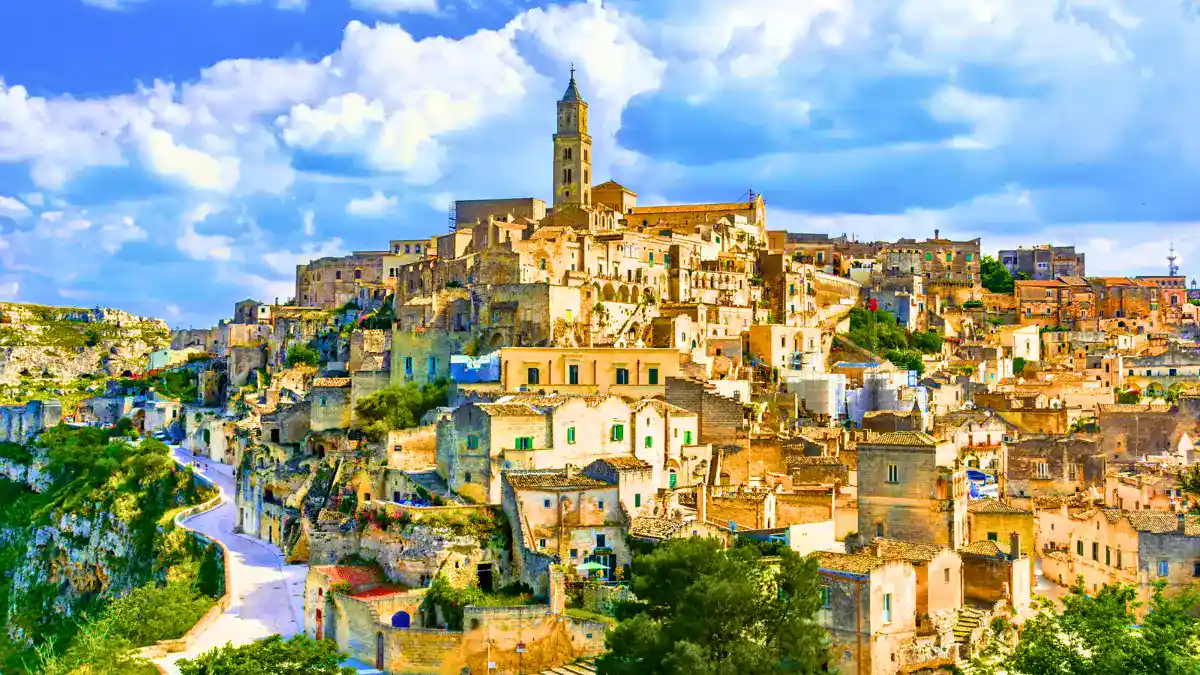
Situated in the southern Italian zone of Basilicata, The popular Sassi and the stunning Park of the Rupestrian Churches of Matera includes a blend of houses, monasteries, churches and hermitages constructed into the naturally available caves of the amazing Murgia. Stretched over a region of 1,016 hectares this incredible and meticulous troglodyte settlement consists of more than a thousand residences and a big number of workshops and shops.
This property was first taken over in the Palaeolithic age and presents some evidence of an enduring occupation by man along many millennia until the modern day, and is amazingly blended into the ecosystem and natural landscape.
The place comprises the olden districts of the Park of the Rupestrian Churches and the city of Matera that spreads over the Murgia, a calcareous high area plateau featured by rocks, caves, ravines and deep fault fissures. The stunning morphology of this area, featured by bare highland plateaus, gravines, some stunning fortified farmhouses, filled with traditional cave churches, shepherd lanes along the wells, created one of the most picturesque terrains of the Mediterranean region.
Also read: Best Places to visit in Russia
Uffizi Gallery
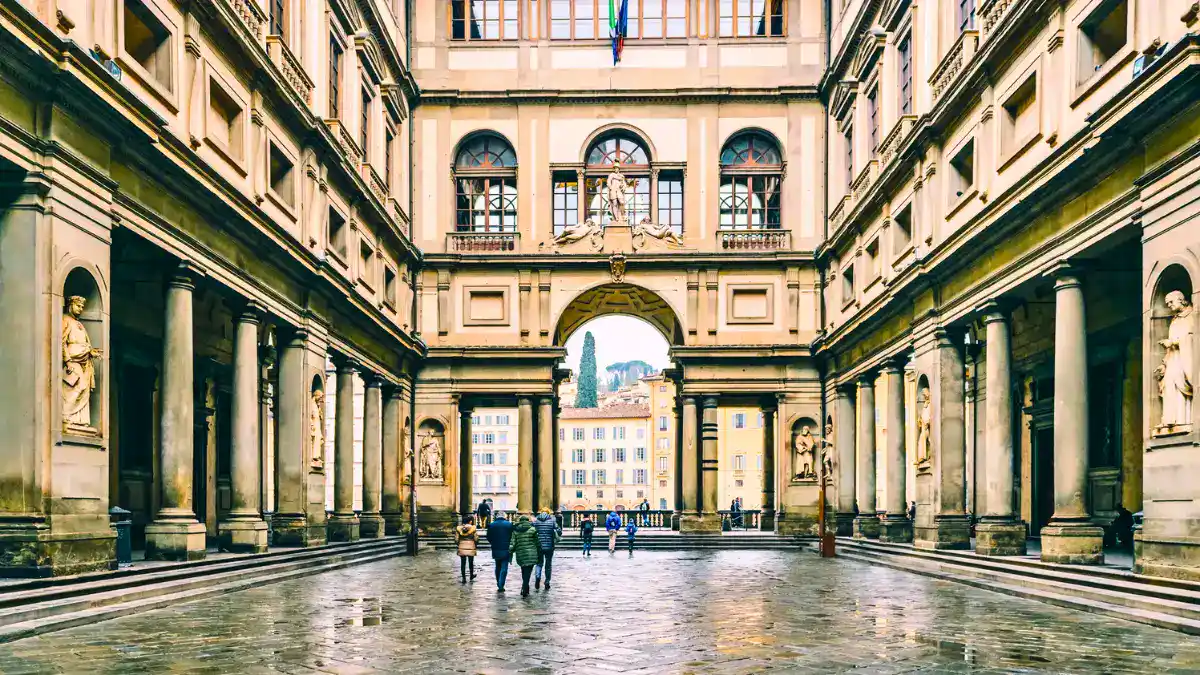
Italy is magnificently famous for the museums and galleries it has and hence now here we have yet another significant gallery to get to in Italy. The popular Uffizi Galleries first blended together three unique museum mixes in 2014. All amalgamated, these 3 monuments include precious artisan-made objects, the basis of the collections of books, arts and some stunning plants related to the Habsburg-Lorraine, Savoy and Medici families.
This is basically an amazing collection of valuables that dates back from Antiquity to the 20th century, and along these years, it has supported the popularity of the Pitti Palace, Boboli Gardens and Uffizi. Right since the Renaissance, these 3 museum spots have been linked to one another by a stupendous construction, the Vasari Corridor, and all together they create one of the most significant and most frequented culture hubs on the planet.
Basically, the amalgamation of these 3 monuments, interconnecting the two banks of the Arno River during the 16th century, is a part of some culture, peculiar visions of life, customs and power of the imperial families who left their symbol on and impacted the rich history of this region. Established by Cosimo I de’ Medici, the ‘Di qua d’Arno’ palace was constructed in the mid-16th century to bring together the entire power of public strength forming a ruling headquarters known as the ‘Uffizi’ or offices for the Guilds, Tribunals, Courts and Corporations of Florence.
Basilica di Santa Maria Maggiore
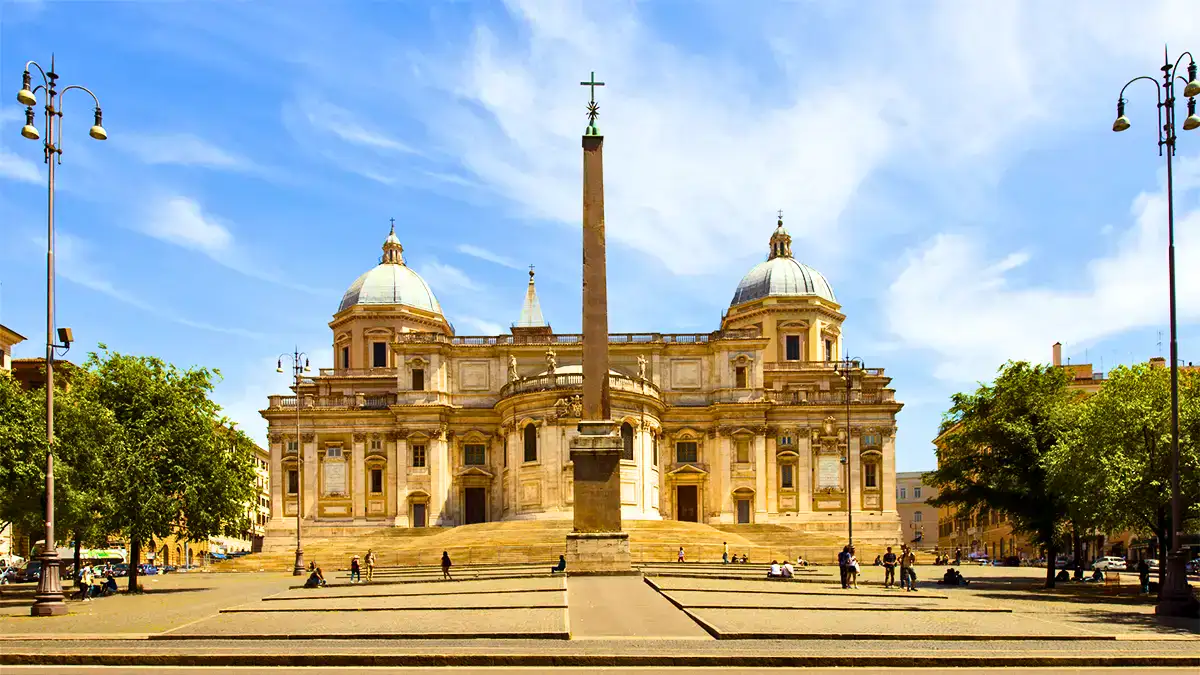
Located on the stunning summit of the Esquiline Hill, though empowered by frequent renovations, St. Mary Major is the only existing patriarchal basilica of the 4 located in Rome to have secured its paleochristian monuments. The amazing location of this place makes it one of the most popular places to visit in Italy. You will not be able to leave this stunning place when you get here to experience some of the best emotions in life. You can capture some of the best pics in life here.
Aa per a tale, Giovanni who was actually a rich Roman patrician did not have a child and he decided with his wife to attribute a church to the Virgin Mary. She visioned them on an August night during 352. She informed them that a miraculous event would present the place where to construct the church. Pope Liberius too got the same vision in a dream, and the next day he travelled to the Esquiline and he saw the hill taken over by snow. The pope marked the perimeter of the church and the couple financed the structure.
Now coming to the date, just like every year, the popular miracle of snow is celebrated on August 5 with a unique celebration. On this event white petals are dispersed into the air from the tip of this stunning basilica that creates a truly impressive and must-see pattern.
Grand Canal
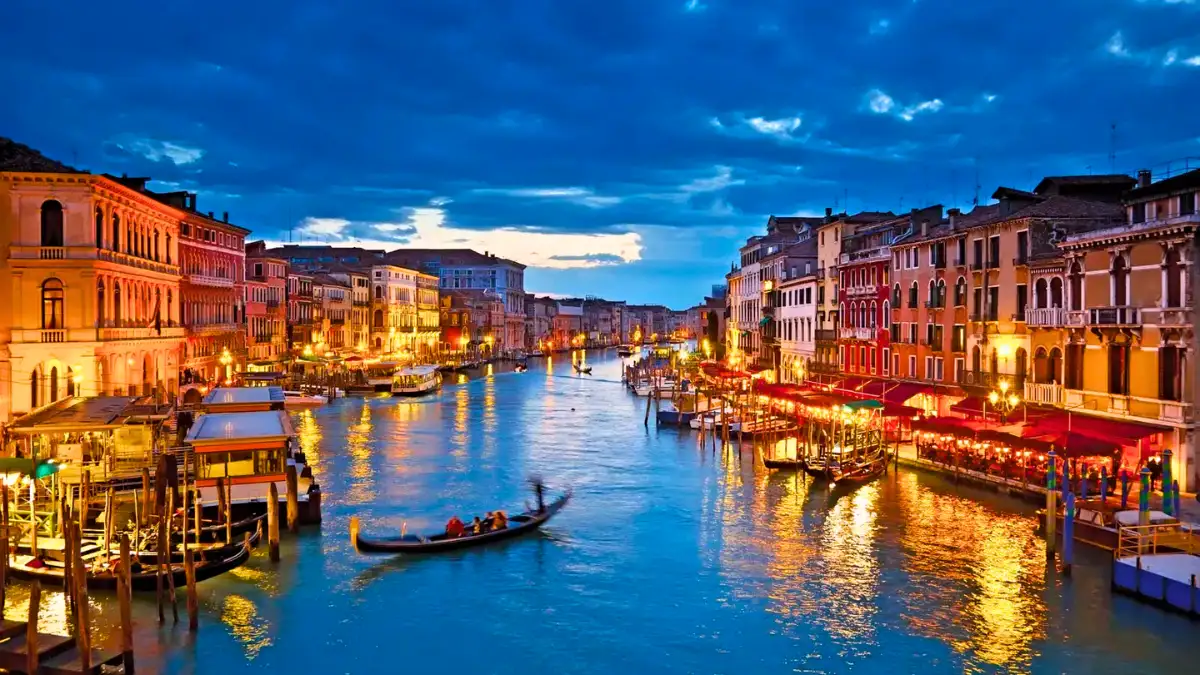
Tourists and locals can get beyond the Grand Canal in several different routes like a Traghetto or water bus. If you love to get a walk, you can even cross one of the 4 stunning bridges to get beyond. This is yet another crucial place to visit in Italy. You will be amazed to gaze at the glory of this place. If you love to be in the magical presence of some of the best places to visit in the world then it should certainly be on your list.
Rialto Bridge is the most popular one. This bridge is the city’s most amazing and oldest one.
Ponte dell’ Accademia is yet another. The Ponte dell’ Accademia was basically constructed in steel in 1854. This bridge was later substituted by a wooden work. Ponte degli Scalzi is the next one. meaning the ‘Bridge of the barefoot’ in English. This is even called ‘Bridge of the railway’ or ‘Bridge of the Station’ as it is close to the Railway station. The last route is the popular Ponte della Constitution. This is the most popular bridge in Venice and it was originally structured by the famous Spanish architect Santiago Calatrava. It links Piazzale Roma to the Venezia Santa Lucia train station.
The Water Buses get down the popular Grand Canal ceasing in both the edges of the canal. It is a cheap and breathtaking way of gazing at the palazzos and wonderful structures situated on the sides of the city’s prominent artery.
Herculaneum
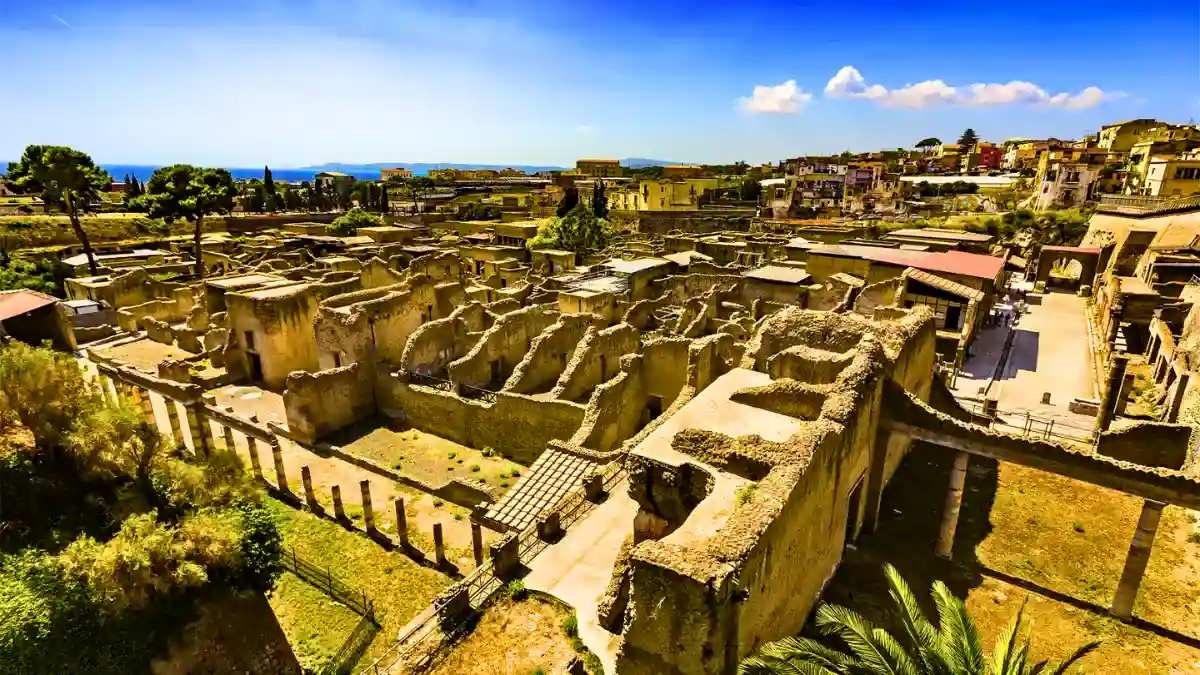
Last is the Herculaneum in Italy. This is one of the most frequented historically significant places in Italy. Taking pride in only a tiny harbour, its prominent benefits were its magnificent climate and its amazing beachside location. It became a luxurious retreat and holiday resort for the rich landowners who constructed and developed property there. The biggest villa, the so-called amazing Villa of the Papyri, is largely deemed to have been under the ownership of Lucius Calpurnius Piso Caesoninus who was Julius Caesar’s father in law.
The traces of Herculaneum are not clear, the regularity and name of the urban design tell that it may have been linked to the famous Greek settlement at Naples, but the documented languages implemented in the town are Oscan and later Latin, which are the native languages of Italy. As it is elsewhere in the southern Italian region, an authentically Greek foundation may have developed ‘Italicised’ through assimilation or conquest. During the 4th century BC Herculaneum was a prominent member of the Samnite league but was blended to Rome later.
Also read: Most Beautiful Places to Visit in Italy
Buy Italy Tour Packages Here: Italy Tour Packages TripFactory
Conclusion
We hope to have shared with you some of the most significant and wonderful historical places to visit in Italy. This country is not only rich in natural wonders but is even popular for its royally rich historical buildings and monuments. You are sure to fall in love with the kind of intricate architectural marvels and powerfully manifested artistic works on display here in Italy. So you are not excited for this superb tour ?
Check Latest Stories:
Frequently Asked Questions
What is the most visited monument in Italy?
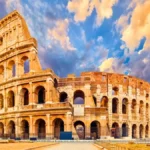
Undoubtedly, the Colosseum in Rome has consistently topped the list. In 2013, the Roman landmark attracted more than 5.5 million visitors. The Colosseum’s popularity is likewise continually on the increase. Although nearly 2,000 years old, the amphitheater is amazingly well kept.
What is the oldest landmark in Italy?
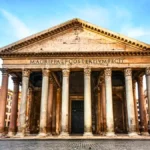
The Pantheon of Rome is recognized as the oldest structure in the world still in use (even if it is devoted to a different god these days). It is definitely a national treasure of Italy – it is regarded the greatest preserved ancient Roman monument and the most reproduced.
What is Italy famous with?
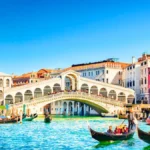
Italy is well-known for its architecture, culture, art, opera, literature, movies, and fashion. This is one of the greatest countries to travel on a foreign trip. The nation is noted for its stunning scenery, clean beaches, historical treasures, monuments, and more.
How many historical sites are in Italy?

Italy has served as a member of the World Heritage Committee five times, 1978–1985, 1987–1993, 1993–1999, 1999–2001, and 2021–2025. Out of Italy’s 59 historic sites, 53 are cultural and 6 are natural.
Why is Italy most visited?
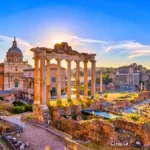
Its tremendous historical and cultural past is visible in sites like Rome, Venice, Milan, and Florence – some of the most renowned Italian tourist destinations – which excite domestic and international tourists with their rich artistic, architectural, and archeological heritage.

